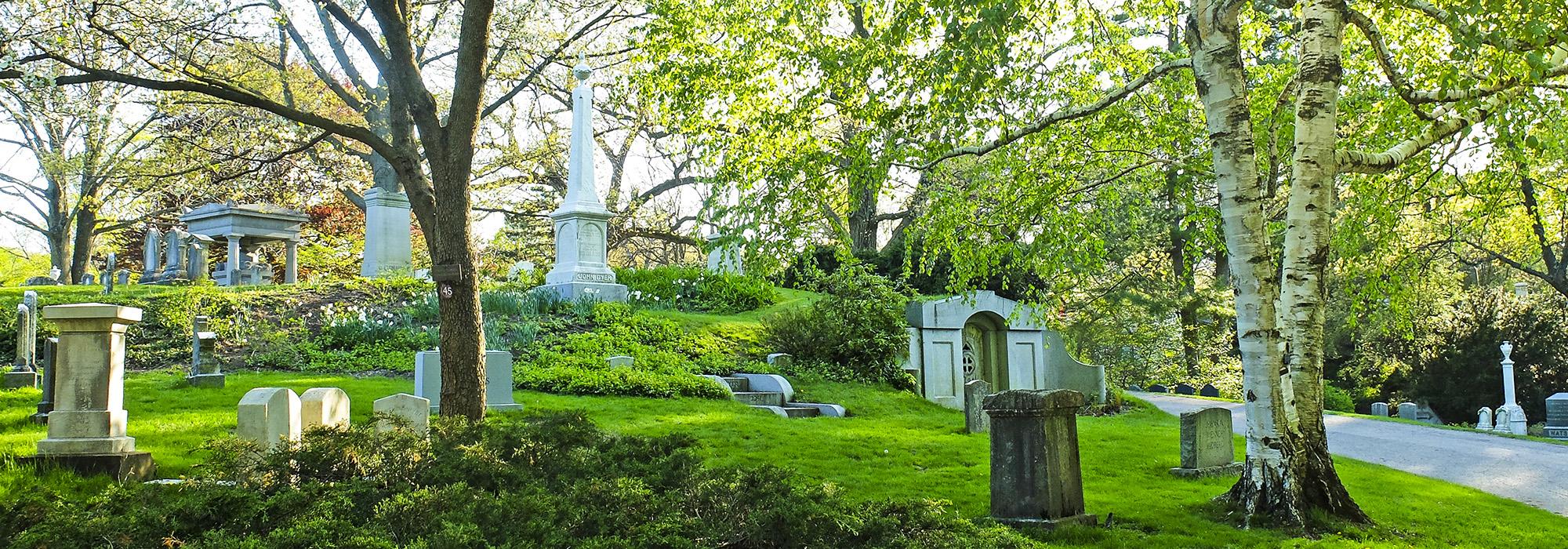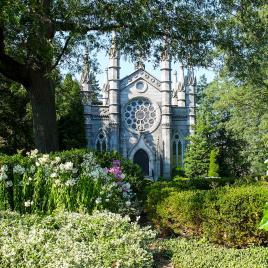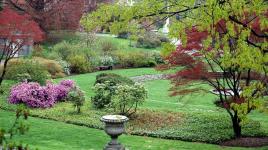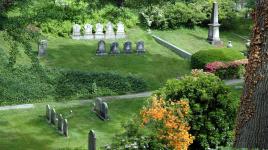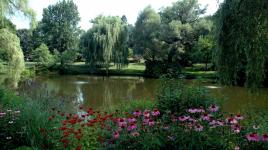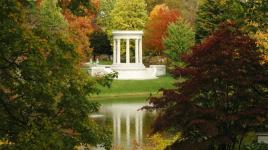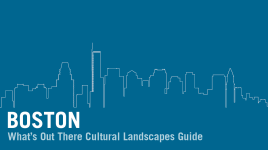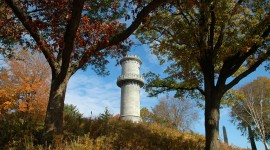Pioneer Information
Born in Aberdeen, Scotland in 1850, Scorgie moved to Cambridge in 1873 and began working at Mount Auburn Cemetery in 1880 after working as a draftsman at a stonecutters business. He later trained as a civil engineer and served as assistant superintendent of the cemetery under James Lovering. Scorgie became superintendent in 1896 and remained in that position for the remainder of his career.
During his tenure, Scorgie oversaw significant construction projects that altered the aesthetics and layout of Mount Auburn Cemetery. Between 1896 and 1898, the administrative office, the chapel (now the Story Chapel), and the crematory were constructed, expanding the Cemetery’s capacity to accommodate larger numbers of visitors. Automobiles were allowed on the grounds in 1908 and for the general public in 1912. Soon after, the cemetery’s roadways of crushed gravel driveways were converted to an asphalt surface considered more suitable to automobile tires. Between 1915 and 1916, Scorgie designed and built concrete fencing along the western boundary between Mount Auburn and Grove Streets, enclosing land acquired the during the mid and late nineteenth century. This half-mile-long structure employed a post and panel technique and was intended to protect the cemetery from suburban expansion.
Scorgie was an active member of Boston’s engineering societies and the Massachusetts Horticultural Society, as well as the Association of American Cemetery Superintendents. He never retired, continuing in his role as superintendent at Mount Auburn until his death at the age of 69.



